This unusual orbit has not been seen before by any other exoplanet or planet within our own solar system
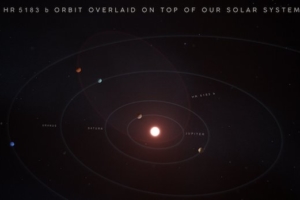 Deep Space
Deep Space

 Deep Space
Deep Space
This unusual orbit has not been seen before by any other exoplanet or planet within our own solar system
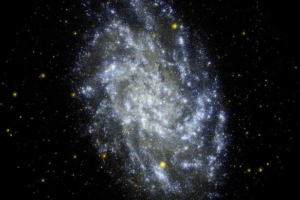 Deep Space
Deep Space
The chemical composition of certain stars gives clues about their predecessors, stars that have long since exploded and faded
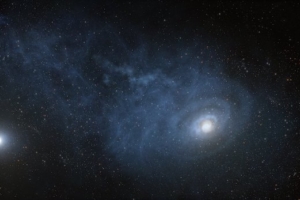 Deep Space
Deep Space
Astronomers have long sought-after finer details of this cosmic web to explain the incredible rate of star formation
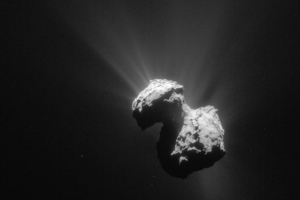 Space Exploration
Space Exploration
Comets are a valuable source of breathable oxygen in the vast vacuum of space, and astronomers want to utilise that for future human space exploration
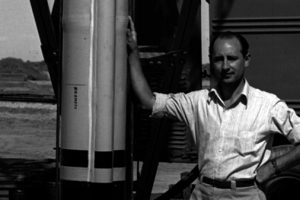 Space Exploration
Space Exploration
The rocketeer who laid the foundations for the space program
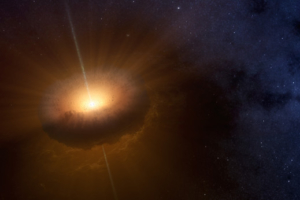 Solar System
Solar System
By simulating the movement of dust as it moves through gas shows how larger clumps of material form, eventually leading to the formation of planets
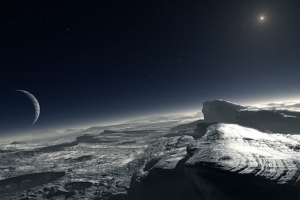 Solar System
Solar System
What is it about Pluto that made astronomers – such as the likes of Dr Mike Brown, Professor of Planetary Astronomy at the California Institute of Technology (Caltech) – insist on its declassification?
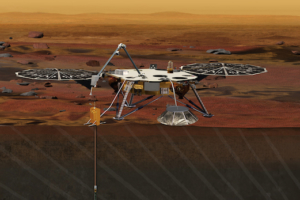 Space Exploration
Space Exploration
NASA’s InSight lander has passed a key test as it gets closer to its launch date
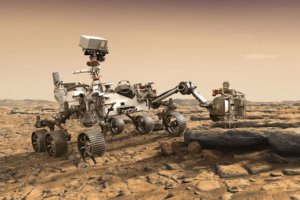 Space Exploration
Space Exploration
In just a few years, one of the space agency’s next big missions will be flying to the Red Planet
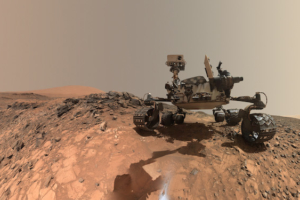 Solar System
Solar System
The rough terrain of the Red Planet has produced problems for the Mars rover, but a new algorithm can now help reduce the effect
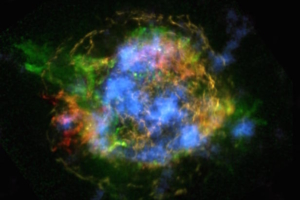 Space Exploration
Space Exploration
To commemorate NuSTAR’s first five years in space, the principal investigator, Fiona Harrison, has chosen her five favourite images of the mission
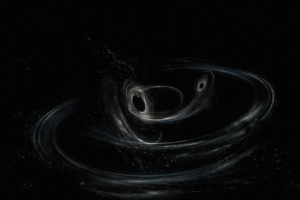 Deep Space
Deep Space
This is the most distant gravitational wave source detected yet
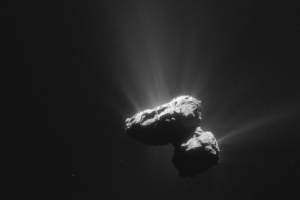 Deep Space
Deep Space
A Caltech scientist has just figured out how gaseous oxygen is produced on Comet 67P, based on data collected by Rosetta’s Philae lander in 2014
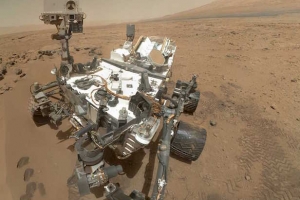 News
News
Boron has been identified for the first time on the surface of the Red Planet, indicating the potential for long-term habitable groundwater in the ancient past
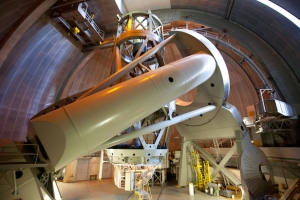 News
News
Astronomers are busy tinkering with a high-tech instrument that could discover a variety of objects both far from Earth and closer to home
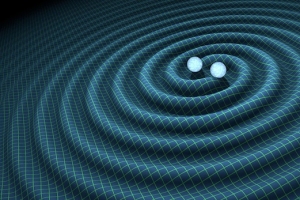 News
News
The finding confirms a major prediction of Albert Einstein’s 1915 general theory of relativity and opens an unprecedented new window to the universe
 News
News
Two X-ray space observatories have teamed up to make the first measurement of a supermassive black hole’s spin.